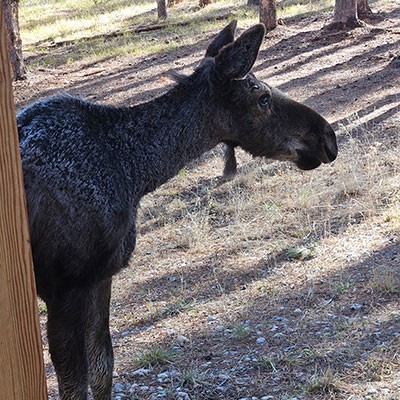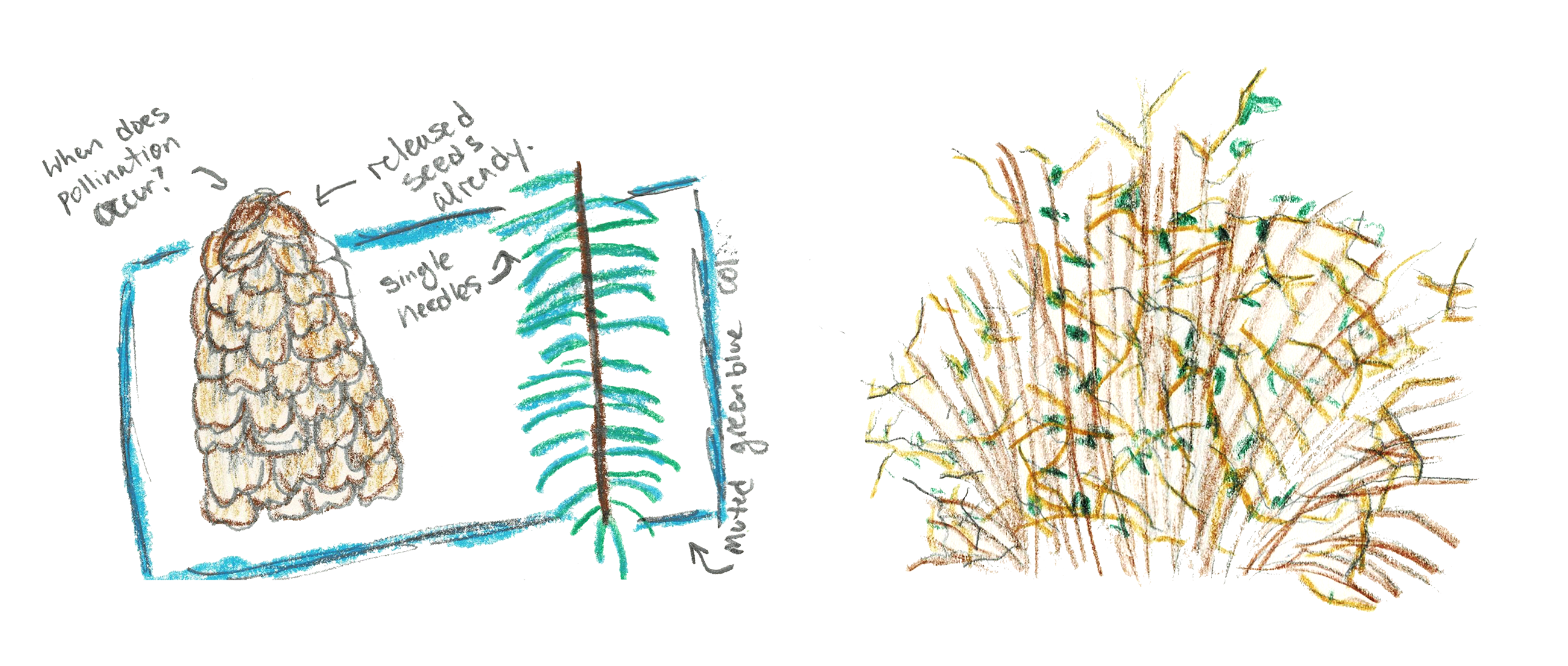What does the intersection of science and art do for us today? How can it be implemented in the classroom?
Leonardo da Vinci is known for being an incredible artist and scientist and combining the two disciplines. He correctly drew models of the circulatory system, and noticed the difference between arteries carrying blood from the heart and veins carrying it back. He also had groundbreaking paintings because he was the first to show accurate musculature in the face and in the neck!
Drawing remains a valuable tool for natural science courses and research, but few instructors or students are confident in implementing it. BI faculty Bethann Garramon Merkle and Dr. Brian Barber, along with Dr. Matt Carling, sought to “explain how art makes sense in a science space” today. Together they found that training by an artist helps instructors overcome concerns about integrating art, and that drawing training enhances students' capacity to use drawing as a learning tool. The artist‐facilitated training can also reconnect natural scientists at all career levels to drawing as a valuable, professional tool.
Lead author Bethann said their main goal is to “share this approach - that’s been working well for us - with other instructors. The publication is open-access, so we hope to also share it with K-12 instructors.”
Their results were published in a university-focused issue of Natural Sciences Education. To read the final, open-access paper, “Drawn to Natural History: Enhancing Field Courses with Drawing and Field Journal Instruction,” visit https://doi.org/10.1002/nse2.20019. Feel free to also contact Bethann at bmerkle@uwyo.edu.
Share This Post

Drawing remains a valuable tool for natural science courses and research, but few instructors or students are confident in implementing it.
Social Media
Latest News



Archives
- All
- October 2025
- August 2025
- July 2025
- June 2025
- May 2025
- April 2025
- March 2025
- February 2025
- January 2025
- November 2024
- October 2024
- September 2024
- August 2024
- July 2024
- June 2024
- May 2024
- April 2024
- March 2024
- February 2024
- January 2024
- December 2023
- November 2023
- August 2023
- July 2023
- April 2023
- September 2022
- August 2022
- July 2022
- June 2022
- May 2022
- April 2022
- March 2022
- February 2022
- January 2022
- December 2021
- November 2021
- October 2021
- September 2021
- August 2021
- May 2021
- April 2021
- March 2021
- October 2020
- August 2020
- July 2020
- January 2020
- March 2019


